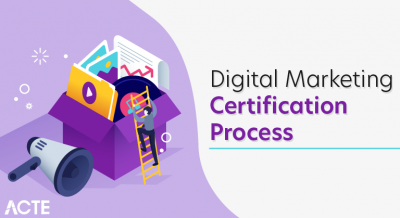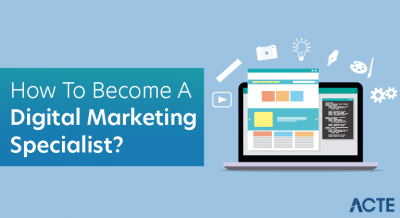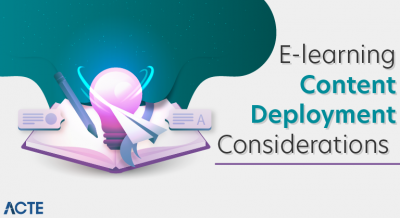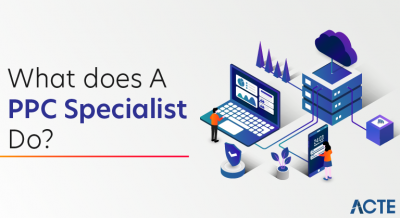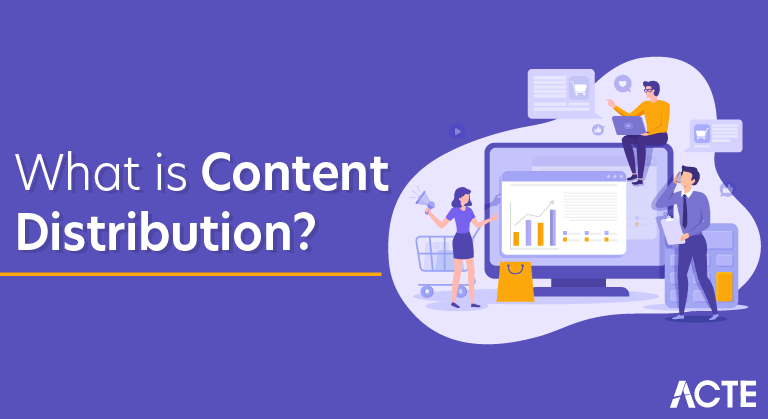
Content Distribution is the act of promoting content to online audiences in multiple media formats through various channels. These channels can be categorized into three groups: Owned, Earned, and Paid.
- Owned Content Distribution: This includes distributing content to web properties that belong to you, like your blog, email newsletter, social media, or microsite.
- Earned Content Distribution: This is when third-parties distribute your content or content about you through press coverage, guest article contributions, retweets or shares, or product reviews.
- Paid Content Distribution: This is when you explicitly pay for content distribution. Payment could take many forms, but often works on a cost-per-click (CPC) model where the owner of the content pays a certain amount every time someone clicks through to view the content.
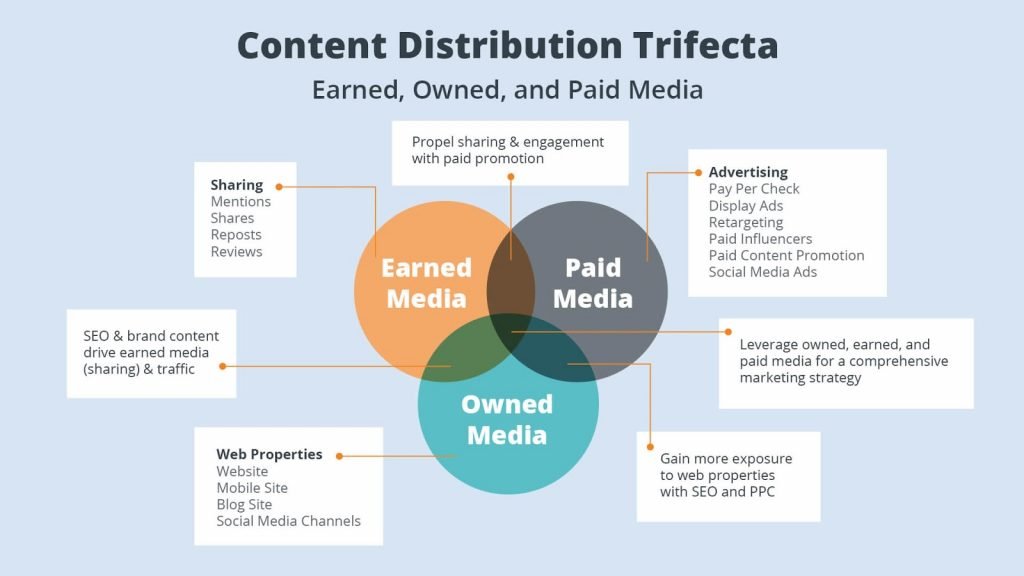
CONTENT DESTRIBUTION TOOLS
- HubSpot
- Medium
- PR Newswire
- HARO
- ClickToTweet
- GaggleAmp
- AddThis
- Mention
- SharedCount
- Outbrain
1. HubSpot
HubSpot is an all-in-one CRM for small to enterprise companies. It includes a Marketing Hub, meaning its useful for email marketing, analytics, content creation, social amplification, and more.
You can monitor, schedule, and post content to your social networks. You can also access information from your email marketing campaigns so you have the big picture of your readers and customers.
Price: Free and paid
2. Medium
Medium is a content platform that individuals and businesses alike use to publish content. You can use Medium in addition to or in lieu of your traditional blog. (We recommend in addition to your blog as this will give your content the broadest reach.)
Medium is where thousands of readers consume content. It’s a one-stop-shop platform for all kinds of content … kind of like Amazon is for products. For that reason, consider publishing to Medium to increase the number of people who see your content.
Price: Free and paid
3. PR Newswire
PR Newswire is a press release distribution network. The platform helps you target and contact journalists and outlets by specific industries, geographic areas, and topics. It offers packages for state and local, regional, and national press.
Price: Paid
4. HARO
HARO stands for Help a Reporter Out, which is an online platform that connects journalists and sources. In this case, you’d be the source.
When you sign up for HARO, you’re sent daily emails with journalist queries. Respond to these queries to be potentially featured in an article. This is a reactive content distribution tool, but it’s helpful for getting press mentions and backlinks.
Price: Free and paid
5. ClickToTweet
ClickToTweet is a tool that equips your readers to share soundbites of your content on Twitter with a single click. You create your content soundbites, and ClickToTweet provides a link. When readers click that link, the tool opens their Twitter with the content soundbite already ready to post.
It also links to your Twitter account and content — allowing your readers to distribute your content for you.
Price: Free
6. GaggleAMP
GaggleAMP is a social amplification tool that allows you to aggregate your employee’s social networks and post company content directly to them.
Employees have the option to review and improve content before its posted or allow it to go through automatically. This is a great alternative to constantly bugging your staff to post on about your business.
You can also use this tool to link to social networks from partners, customers, brand advocates, and more.
Price: Free and paid
7. AddThis
AddThis is an on-page social sharing tool. It allows your readers to share your content without bouncing from your page (and potentially getting distracted). You can also integrate AddThis share buttons into your email newsletter and other assets.
Price: Free
These tools help you measure and analyze the impact of your social posts and other distribution efforts.
8. Mention
Mention is a social media monitoring tool that provides social media listening, publishing, crisis management, and more. You can use Mention to monitor any mentions of your brand name, content, or social networks and respond accordingly.
This is a great tool for measuring the impact of and engagement around your content and see who is promoting it for you.
Price: Free and paid
9. SharedCount
SharedCount is a tool that helps you measure the engagement of your social media posts. Simply input a URL, and SharedCount will report on its likes, shares, comments, and other engagement measures.
While it can’t help you distribute your content, it can alert you to which pieces are performing well and which pieces may need to be updated or scrapped.
Price: Free and paid
10. Outbrain
Outbrain is a paid amplification tool that aggregates your content at the bottom of other articles. You can set up content campaigns with an RSS feed or specific URL(s), and Outbrain will place them under related content, encouraging readers to click and read yours.
Outbrain works with an impressive network, including digital publications like NYT and Mashable.
The Content Distribution Framework
It’s not enough to merely have a content creation process in place; it’s equally important to create a process that will allow you to share your content seamlessly with your audience. Having a content distribution framework in place will help you automate the content distribution process. Here is how to go about building a content distribution framework that will optimize the content experience you provide:
Step 1: Know Your Audience
If you have a content strategy in place, you have already identified your audience and created buyer personas to define the different types of audience who would be interested in your content. This is the first step.
When working on the content creation plan, identify typical audience traits such as content consumption preferences, goals, pain points, etc. Similarly, before you create a content distribution framework, you need to identify what Jeffrey Kranz (CEO and co-founder of Overthink Group) calls “heroes and watering holes.”
- Heroes: Heroes are the thought leaders in the industry that your audience looks up to. Your audience ardently follows their blogs and social feed to stay updated on the latest news and their opinions.For example, when I think of SEO, Rand Fishkin, Neil Patel, and Brian Dean are a few names that instantly come to my mind
- Watering Holes: These are resources such as forums and communities which your audience regularly visits to consume content.For example, a startup founder may regularly visit specific subreddits (/r/startups) on Reddit and a web community such as Indie Hackers or Growth.org
Step 2: Assess Your Distribution Alternatives
Evaluate the owned, paid and earned media platforms and decide on those that best suit your needs and your audience’s needs.
Do you have a dedicated budget to promote your content apart from running ads to increase sales? If so, find out which platforms will bring you the maximum ROI. For example, for a B2C brand, influencer marketing will yield more results compared to SEM. Let data be your guide.
If you don’t have a robust-enough budget to promote content through paid media, find ways to maximize your impact through owned and earned media. You might have to spend a significant amount of time promoting your content on third-party websites such as social media, Quora, Reddit, and industry-specific forums.
Step 3: Document Your Distribution Plan
Once you have identified the various channels, document them and create a content distribution plan to follow every time you release a new content piece. The framework should be different for different types of content. For example, you would not spend the same amount of ad budget on promoting a 700-word article compared to a 10,000-word piece of gated content.
Step 4: Get Good at Repurposing
Re-purpose your existing content to increase the reach of your content. The reason for re-purposing your content is to create more content in less time. Have you created an e-book? Convert it into multiple blog posts and infographics. If you’ve created an infographic that has performed exceptionally well, perhaps convert it into a short video. The possibilities are many and manifold.
An added advantage of re-purposing your content is that you’ll have content in different formats that will work well on different channels. For example, if you share a link to your blog on Facebook, the reach of that post will not be substantial. Instead, you can take a piece of actionable advice from the post, convert it into an image/video and share the link along with it. The reach will be much higher as Facebook’s algorithm favors visual content.
Step 5: Rinse and Repeat
Your content distribution strategy shouldn’t be set in stone. Keep a close watch on your analytics and modify your strategy based on how each medium is performing. You might write multiple guest posts on different publications, but if some of the websites are not getting you traffic, stop writing for them. The same goes for social media and paid media — if your ads on LinkedIn are bringing in better results compared to Facebook, spend more on LinkedIn.

